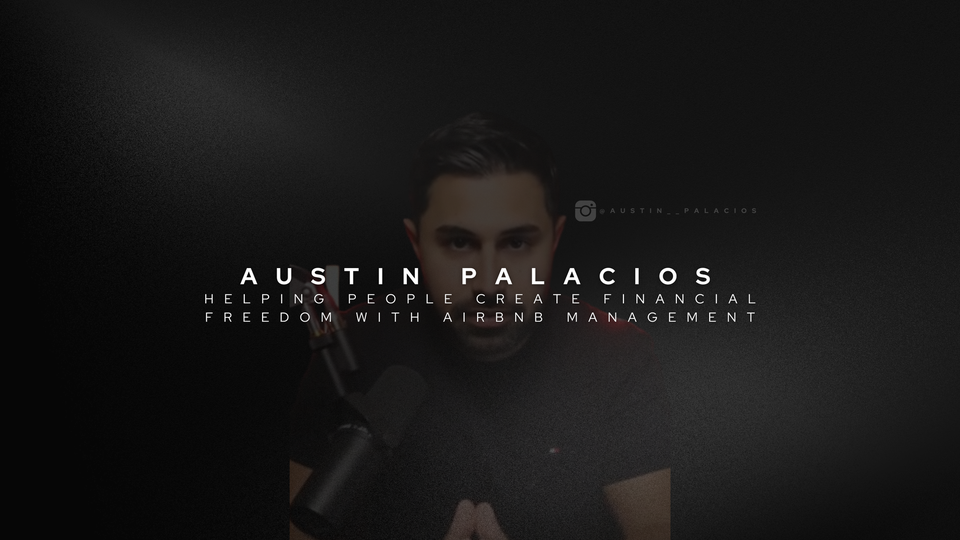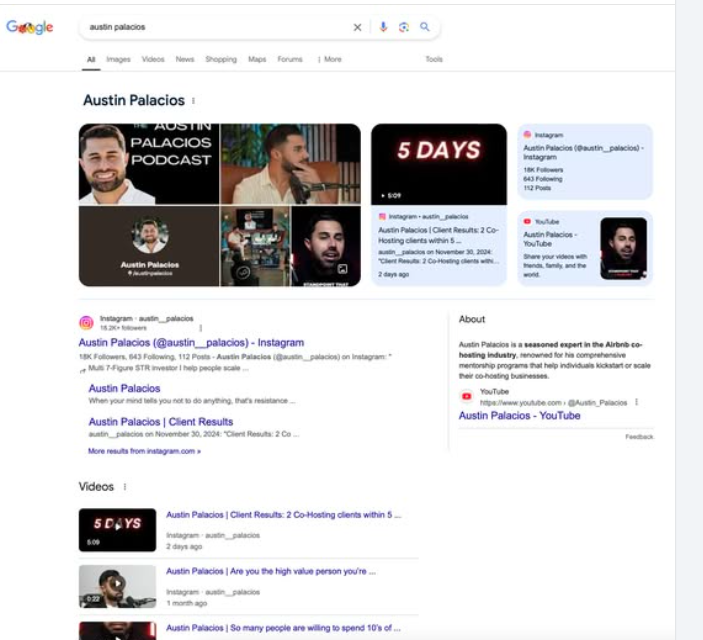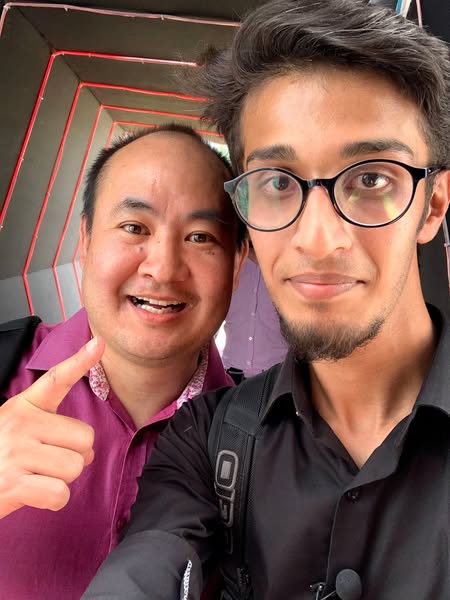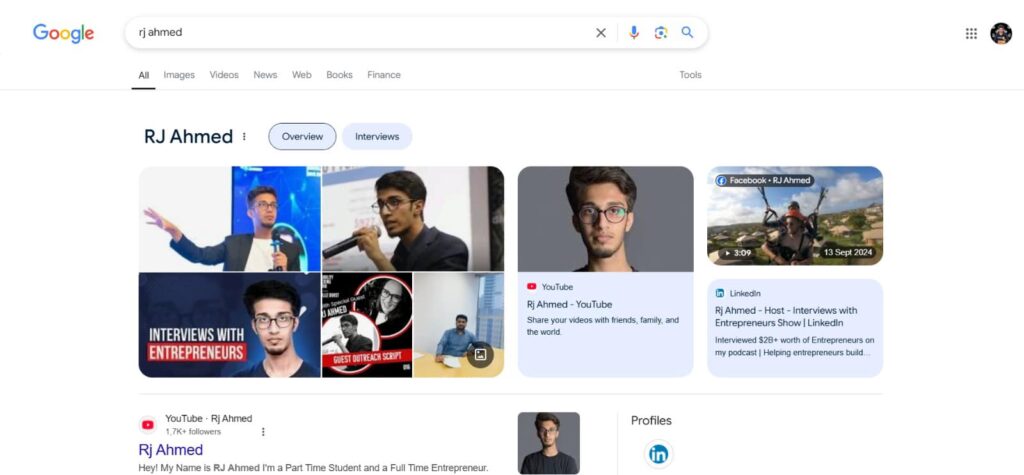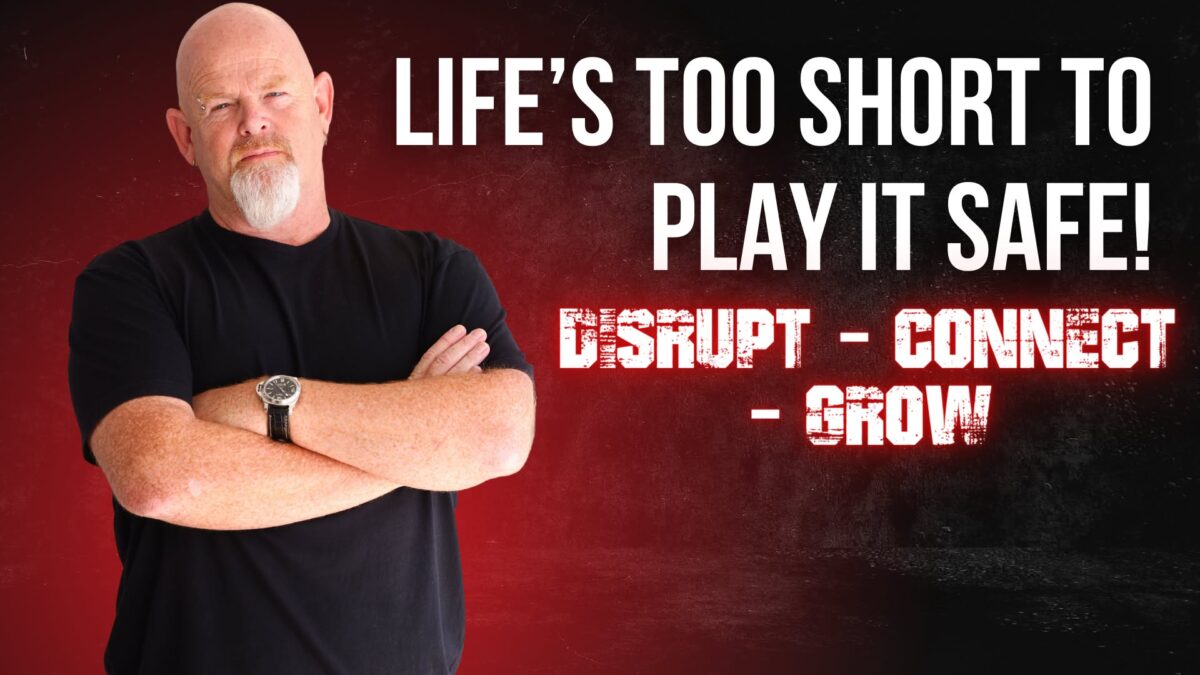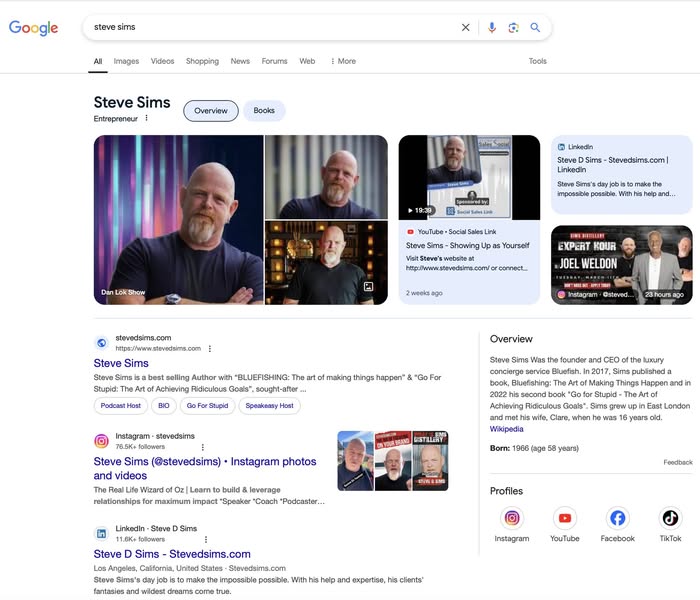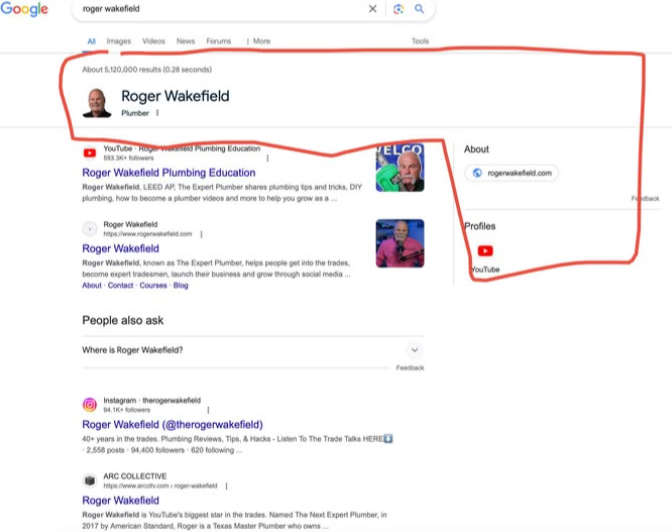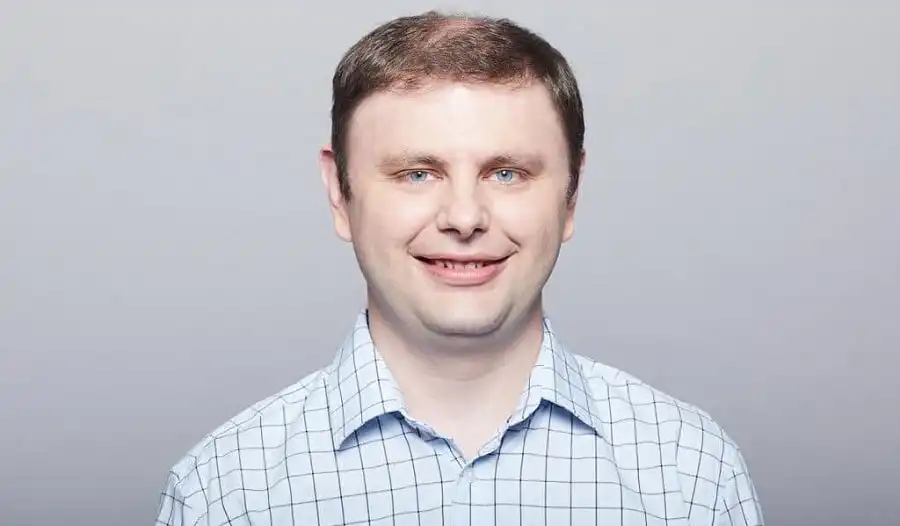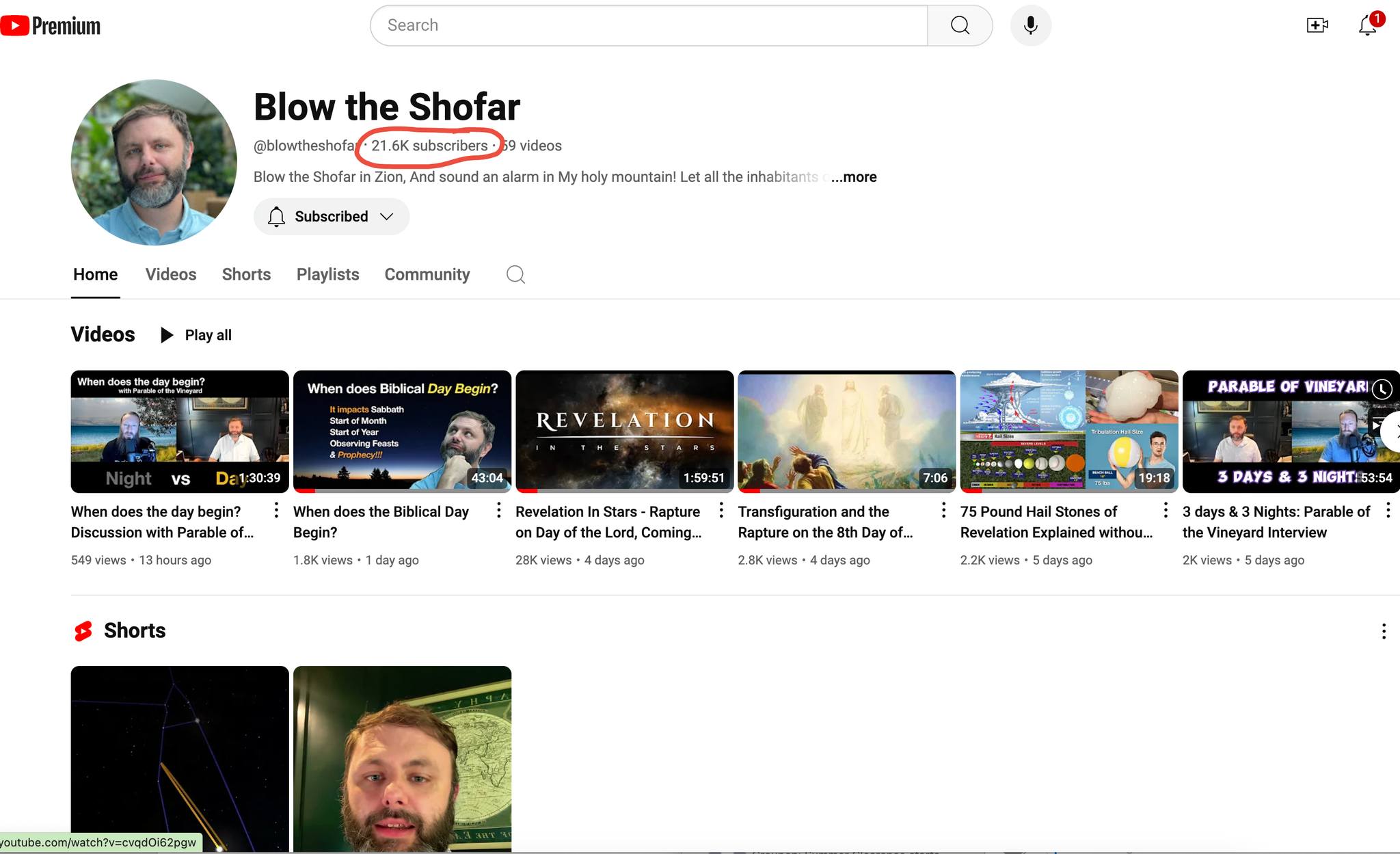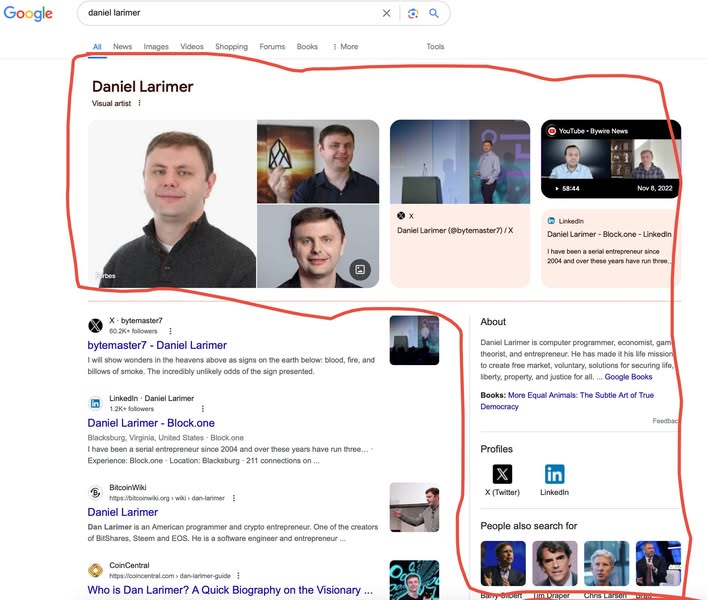Grok Heavy vs Expert Mode: Using AI Agents to Tame Your Content Inventory
Welcome to the content avalanche. If you’re a local service business — a plumber, roofer, dentist or HVAC wizard — chances are you’ve been cranking out videos and social posts for years. Many of our clients have hundreds of videos scattered across YouTube channels, Facebook, Google Drive and dusty corners of their websites. Trying to make sense of it all can feel like sorting through a teenager’s bedroom after a tornado.
That’s where the new crop of AI agents comes in. Models like xAI’s Grok‑3 and Grok‑4 Heavy, and OpenAI’s ChatGPT‑5, are no longer just chatbots. They’re coordinated fleets of sub‑agents that can search, reason and execute tasks on your behalf. In this article, I’ll show you how we use these tools in our content factory process, when to pick “expert” or “heavy” modes, and why the YouTube API still beats any AI at one job: pulling every last video from a channel.
The Problem: Too Much Stuff, Too Little Time
Local service entrepreneurs are prolific. We coach them to shoot short tips on clogged drains or roof maintenance, and they deliver. Before long they’re sitting on a goldmine of content — but it’s scattered across platforms. A new assistant hired to repurpose clips into ads will ask: “Where do I even start?” Without an organized inventory, good material rots away.
Our solution is to divide and conquer. Instead of asking a single large language model to do everything, we break the job into smaller pieces and assign them to specialised agents:
- YouTube crawler – uses the YouTube Data API to enumerate every video in a channel. There isn’t a single API endpoint to download all your videos; you have to loop through pages using the
nextPageTokenuntil it’s gone【966214574924081†L20-L27】. Requests fetch up to 50–100 results at a time, and you can specify parameters likechannelId,order=dateandmaxResults【650976862157015†L60-L103】. This agent generates a spreadsheet with titles, links and timestamps. - Social media scraper – pulls posts and comments from Facebook, Instagram or X. Each platform has its own API or export tool, and we give our agent the right keys and instructions.
- File‑system indexer – uses connectors like Google Drive to walk through folders and index PDFs, slides, and blog drafts. Because we use agent mode, the AI can read file names and extract key metadata instead of hallucinating.
- Aggregator agent – stitches together the outputs. This meta‑agent removes duplicates, tags each asset by topic (e.g., “water heater repair”), and hands the clean inventory to our human editors or another AI model for repurposing.
The magic is not just in the code. It’s in the architecture: multiple agents working in parallel, each with a clear job, and a coordinator to merge their work. This setup mirrors the multi‑agent design described by xAI for Grok‑4 Heavy; their model spins up 8–10 sub‑agents that brainstorm, debate and merge answers into a final response【655535755099413†L77-L86】. Elon Musk calls it “study‑group mode,” and the engineers call it test‑time parallel compute【655535755099413†L83-L86】. We took that idea and applied it to content.
Grok’s Agent‑of‑Agent Approach
xAI’s Grok‑3 introduced DeepSearch, an agent built to relentlessly seek the truth across the entire corpus of human knowledge【470093476559074†L466-L474】. It synthesises key information, reasons about conflicting facts and opinions, and distils clarity from complexity【470093476559074†L466-L474】. When we use Grok 3 or 4 in our process, we harness this search agent to pull background info or competitor research. The model’s reasoning mode can think for seconds to minutes, exploring alternative solutions and correcting errors【470093476559074†L20-L45】.
We often upgrade to Grok‑4 Heavy when tasks demand extra diligence. Here’s why:
| Model | Agents per query | Token/context limit | Tool access | Monthly price | Key strength |
|---|---|---|---|---|---|
| Grok 4 (SuperGrok) | 1 | 256 k tokens | Python, X search, Web search | ≈ $30 | Fast, cheap baseline |
| Grok 4 Heavy (SuperGrok Heavy) | 8–10 | 256 k tokens + extra compute headroom | Same tools as Grok 4 | ≈ $300 | Spawns a miniature think‑tank; sub‑agents brainstorm and merge answers【655535755099413†L77-L86】 |
With Heavy, each sub‑agent receives the prompt plus a unique “temperament” — one is cautious, another loves math, another loves web search. They think in isolation, publish rationales to a shared scratchpad, and a referee stitches the final answer【655535755099413†L88-L199】. The result is slower but more thorough. In our experience, Grok 4 Heavy’s agent‑of‑agent design finds obscure details and cross‑checks sources better than anything else. If you’re digging into the physics of a black‑hole animation or a complex plumbing regulation, Heavy pays for itself.
ChatGPT‑5 Modes: Auto, Fast, Thinking and Pro
OpenAI’s ChatGPT‑5 takes a different approach. It uses a dynamic router to decide which sub‑model to run, balancing cost and reasoning depth. Users can still override the system and choose specific modes:
- Auto – lets the system decide whether to prioritise speed or reasoning.
- Fast – delivers instant answers with minimal delay.
- Thinking – takes more time but provides detailed, step‑by‑step reasoning【292075143200784†L194-L199】.
- Pro (sometimes called “Expert”) – offers the highest level of accuracy and reasoning depth for research‑grade tasks【292075143200784†L194-L199】.
Unlike older versions where you picked between GPT‑4o or GPT‑4o‑mini, these are now variations of the same core model. A dynamic router decides in real time whether to deliver a quick reply or switch to deeper reasoning【292075143200784†L194-L206】. In our tests, the Thinking mode is usually sufficient for summarising a Google Drive folder or analysing a Facebook page. Pro shines when writing long‑form articles or doing technical research. The lower‑cost modes are great for trimming transcripts or generating quick email drafts.
YouTube API: Still the Best Source of Truth
No matter how advanced the agents get, there’s one place where a plain API call still beats everything: collecting your own videos. The YouTube Data API doesn’t offer a single endpoint to list all videos; you must iterate through paginated results. Each call returns up to 50 videos and includes a nextPageToken if more results are available【966214574924081†L20-L27】. A simple loop using the search endpoint with channelId, order=date and maxResults can retrieve IDs, titles and thumbnails【650976862157015†L60-L103】. We then feed that data into our agent pipeline. This approach is faster and more reliable than asking a language model to scrape YouTube because it avoids hallucinations and respects API quotas.
Choosing the Right Tool for the Job
So which model should you use? Here’s how we decide:
- Inventory tasks – Use dedicated APIs (YouTube, Facebook, Google Drive) and simple scripts. Agents can orchestrate the calls and assemble the results.
- Basic summarisation and classification – ChatGPT‑5’s Fast or Thinking modes are usually enough. They’re cheaper and good at clustering topics.
- Deep analysis or compliance checks – Grok 4 Heavy’s multi‑agent “study‑group” mode digs deeper and cross‑references more sources【655535755099413†L83-L86】. Use this when accuracy matters more than speed.
- Long‑form writing and technical research – ChatGPT‑5 Pro (a.k.a. Expert) or Grok Heavy both work. ChatGPT‑5 Pro offers step‑by‑step reasoning【292075143200784†L194-L199】; Grok Heavy brings multiple perspectives.
- Cost‑sensitive tasks – Stick with standard Grok 4 or ChatGPT’s Auto/Fast modes. Save the heavy modes for high‑impact projects.
Final Thoughts
AI agents aren’t magic fairy dust. They’re tools that shine when you give them clear roles, reliable data and a well‑designed workflow. By dividing the grunt work among specialised agents, local service businesses can finally tame the chaos of their content libraries. At the end of the day, the combination of API‑driven data collection and multi‑agent reasoning gives you the best of both worlds: speed, accuracy and sanity. And if you’re wondering whether to splurge on Grok’s heavy mode or stick with ChatGPT’s Pro, just ask yourself: Is this job worth a study group of eight AI brains? If yes, fire up the Heavy engines; if not, keep it lean and mean.
To explore more insights and training resources, check out our other platforms: BlitzMetrics, DennisU.com, and JackWent.com.

